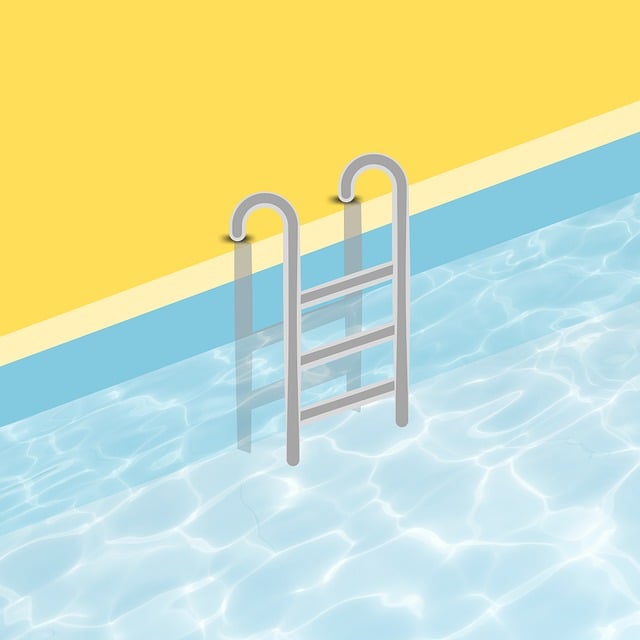Welcome to Pool and Billiard Cues, where we dive into the essentials of the game! In this article, we’ll explore the intricacies of set pool table balls, including their types, colors, and how to choose the perfect set for your gameplay. Let’s break it down!
Understanding the Essential Components of a Complete Pool Table Ball Set
When it comes to enjoying a game of pool, billiards, or snooker, understanding the essential components of a complete pool table ball set is crucial. A standard pool ball set typically consists of 16 balls: 15 object balls and one cue ball.
The object balls are divided into two groups: solid colors numbered 1 through 7 and stripes numbered 9 through 15. The 8-ball, which is black, is the last ball that players must sink once their group is determined. In the game of billiards, a different approach is taken where the set may consist of only three balls: two colored balls and one white cue ball.
For snooker, the setup is more complex, comprising 22 balls in total: 15 red balls, 6 colored balls (yellow, green, brown, blue, pink, and black), and the white cue ball. Each type of game has its rules regarding how these balls must be struck and what constitutes a winning strategy.
Material matters too; most pool balls are made from phenolic resin, providing durability and a consistent feel during play. The weight and size of the balls also vary slightly between pool, billiards, and snooker, affecting gameplay experience.
In summary, knowing the <strong:key components of a pool table ball set is essential for playing these cue sports effectively. Each game requires familiarity with the specific ball types and their significance within the context of the match.
Understanding the Different Types of Pool Balls
Pool balls are typically categorized into two primary types: solid balls and striped balls. The solid balls are numbered from 1 to 7, while the striped balls range from 9 to 15. Additionally, there is one white cue ball used for striking the other balls during gameplay. The distinction between these types is crucial in games like Eight-Ball, where players must choose which category they will aim to pocket first. Understanding this classification allows players to strategize effectively and recognize the nuances of different game formats.
The Importance of Quality Pool Balls for Gameplay
The quality of pool balls can significantly impact the game. Higher-quality balls are made from phenolic resin, which provides durability and a smoother surface for optimal play. These balls offer better uniformity in size and weight, ensuring consistent performance during games. On the other hand, lower-quality balls may lead to erratic bounces and inconsistencies that can frustrate players. Thus, investing in high-quality pool balls is essential for both casual players and serious competitors, as it enhances overall gameplay experience and skill development.
Choosing the Right Set of Pool Balls for Your Table
When selecting a set of pool balls, it’s important to consider their compatibility with your specific table. Most standard pool tables measure 7, 8, or 9 feet in length, and the size of the balls typically used is 2.25 inches in diameter. Ensuring that you have the correct size will prevent issues during play. Additionally, consider the type of games you’ll be playing; some sets are specifically designed for billiards or snooker. For instance, a professional snooker set includes smaller balls and requires precise specifications. By choosing the right set tailored to your gameplay preferences, you’ll enhance your overall enjoyment and skill progression.
FAQ
What is included in a standard set of pool table balls?
A standard set of pool table balls typically includes 15 object balls numbered 1 through 15, which are divided into solid (1-7) and striped (9-15) balls, along with a white cue ball.
How are the colors and numbers assigned to pool balls?
In pool, billiard, and snooker, the colors and numbers are assigned to balls for ease of identification and gameplay strategy. The standard set includes 15 object balls, numbered 1 to 15, with stripes and solids distinguished by their color. The solid balls (1-7) are typically colored, while the striped balls (9-15) have a white base with colored stripes. The 8-ball, which is black, serves as a critical element in many games. In snooker, the balls have specific color assignments and point values, influencing the scoring system. This organization helps players to quickly understand game dynamics and rules.
Are there different sets of balls for different types of billiard games?
Yes, there are different sets of balls for various billiard games. For example, in pool, you typically use a set of 16 balls, including 1 cue ball and 15 numbered balls (either solid or striped). In snooker, the game uses 22 balls: one white cue ball, 15 red balls, and six colored balls. Each game has its own unique requirements and rules associated with the balls used.
In conclusion, understanding the importance of set pool table balls is crucial for any player looking to improve their game. The type and quality of balls can significantly influence gameplay accuracy and overall enjoyment of pool, billiards, or snooker. Investing in a high-quality set not only enhances performance but also contributes to a more professional playing atmosphere. By choosing the right materials and ensuring proper maintenance, players can ensure that they are always at their best. Remember, a great game starts with the right equipment, so don’t underestimate the impact of your pool table balls!






